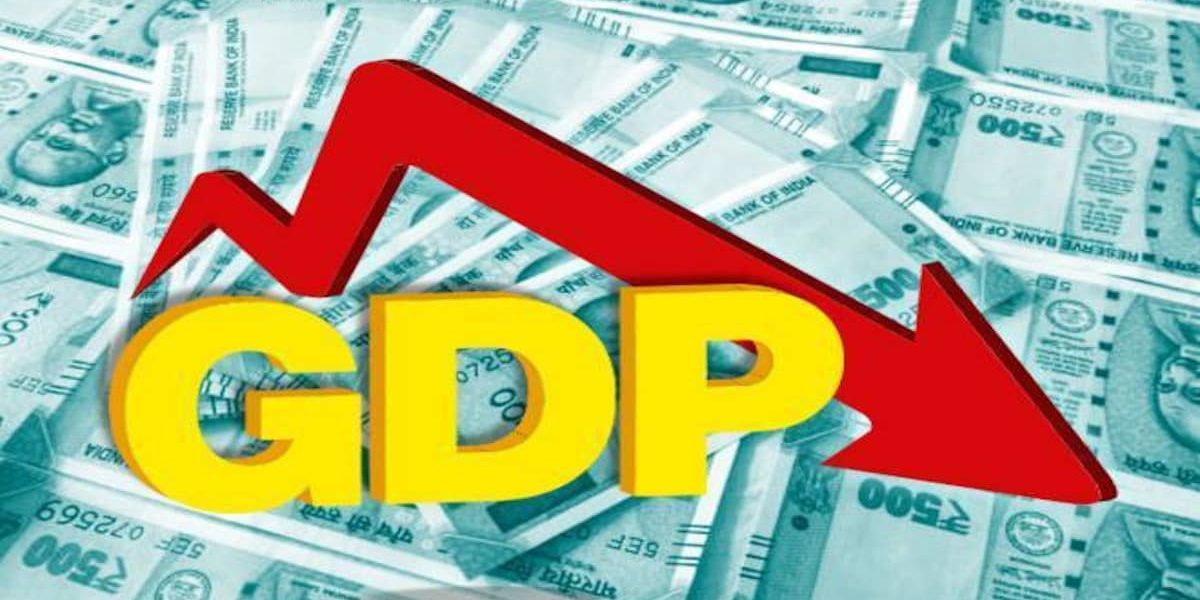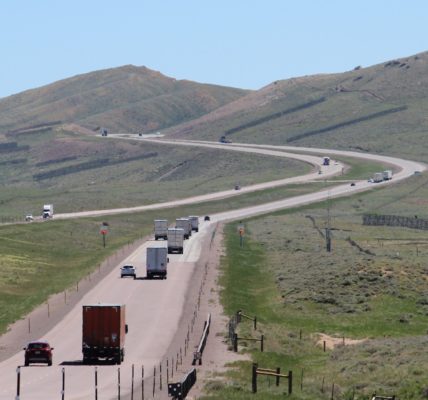By Mary Steurer
Casper Star-Tribune
Via- Wyoming News Exchange
CASPER — Wyoming’s economy in 2020 grew at a rate slower than any year since 1986, when the state was in the midst of a major bust, according to a new report from the Wyoming’s Economic Analysis Division.
“The coronavirus pandemic ravaged businesses and households due to government restrictions and demand reduction,” Wenlin Liu, chief economist at the Wyoming Economic Analysis Division, said in a news release Wednesday.
Data from the U.S. Bureau of Economic Analysis shows Wyoming’s GDP fell by 8.3% from 2019 to 2020, the third-steepest decline in the country.
GDP is calculated based on the total market value of goods and services provided by a specific place — usually a state or country — in one year. It’s used to gauge economies’ power and growth rate.
States with big tourism and industries seemed to affected most by the pandemic, Liu noted in the release. Wyoming’s two biggest economic drivers are the energy industry and tourism.
The first and second largest declines in GDP last year were in Hawaii and Alaska. They fell by 9.1% and 8.7%, respectively.
Wyoming’s mining industry — which includes oil and gas — shrank the most compared to the state’s other sectors, the data shows. Its GDP fell by about 25.7%, representing about half the total decline in GDP last year.
Mining accounted for 12.7% of Wyoming’s overall GDP in 2020.
Three other industries also experienced double-digit declines:
- leisure and hospitality: -16.4%;
- manufacturing: -16.3%; and
- transportation and warehousing: -12.3%.
Agriculture, retail, and government underwent modest growth, the report found.
Among Wyoming counties, Sublette experienced the largest decline, with its GDP falling by 27.5%. It was followed by Converse County, which saw its GDP fall by 23%.
On the flip side, Crook County enjoyed the biggest growth in GDP from 2019 to 2020, with an increase of 3.4%. Sheridan experienced 2.1% GDP growth — the state’s second-highest rate.
Wyoming’s GDP has dwindled considerably since its peak at $50.7 billion in 2008. At the end of 2020, it was just $36.3 billion — a decline also attributed to the state’s shrinking mining industry, the release said. Coal production in particular suffered over the past decade.
In all, 41 other states’ GDPs also fell last year. Nationally, the GDP declined by 2.2%; the sharpest drop since World War II.






